The History and Evolution of Golf Ball Retrievers
Golf, often dubbed the “gentleman’s game,” has a rich history that spans centuries. The game is played with meticulous attention to detail and a set of unique tools and accessories that have evolved over time.
Among these, the golf ball retriever is an unsung hero, essential for players who wish to retrieve their balls from water hazards, thick roughs, or other hard-to-reach places.
The evolution of the golf ball retriever is a fascinating journey that mirrors the advancement of the sport itself.
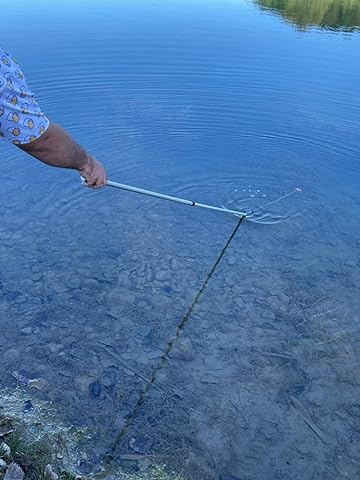
Origins of Golf and the Need for Ball Retrievers
The origins of golf can be traced back to the 15th century in Scotland, where players would hit a pebble around a natural course of sand dunes, rabbit runs, and tracks using a stick or primitive club.
As the game evolved, so did the equipment, including the balls, which transitioned from pebbles to leather balls stuffed with feathers, and eventually to the modern rubber-core balls.
With the introduction of water hazards and other obstacles on golf courses, retrieving lost balls became a significant challenge.
Early golfers likely used rudimentary tools or their hands to fish out balls from these tricky spots.
However, as the game grew in popularity and sophistication, there was a clear need for a specialized tool to retrieve balls efficiently without damaging the greens or the ball itself.
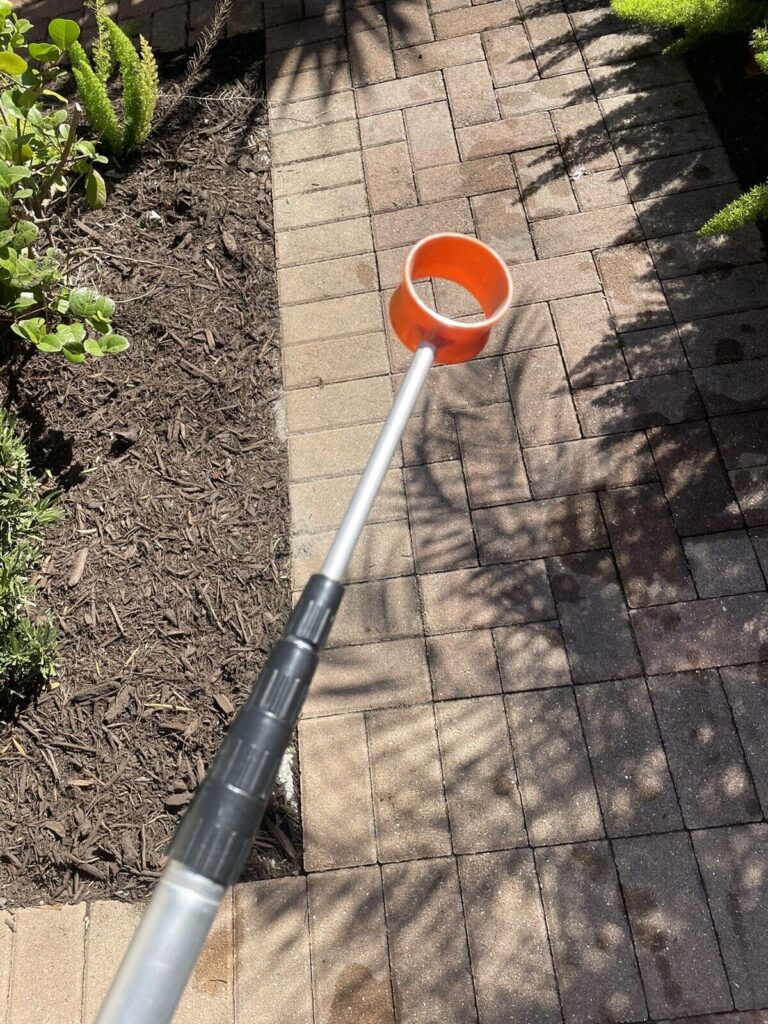
Early Designs and Innovations
The first recorded patent for a golf ball retriever dates back to the early 20th century.
These initial designs were quite simple, often resembling a stick with a small net or a series of hooks at the end. They were functional but far from the efficient tools we know today.
One of the earliest notable inventions was the telescopic golf ball retriever, which allowed golfers to extend the length of the retriever to reach further distances.
This design was a game-changer, providing greater convenience and effectiveness.
These early telescopic retrievers were made from materials like wood and steel, making them sturdy but relatively heavy.
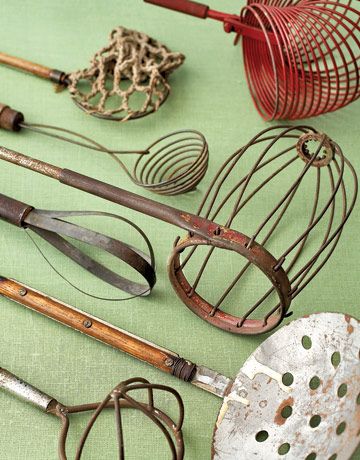
The Evolution of Materials and Design
As technology advanced, so did the materials and designs of golf ball retrievers.
The transition from heavy metals to lighter, more durable materials such as aluminum and fiberglass marked a significant evolution.
These materials not only reduced the weight of the retrievers but also increased their durability and ease of use.
One of the most popular designs to emerge was the spring-loaded retriever, which used a spring mechanism to open and close a set of prongs around the ball.
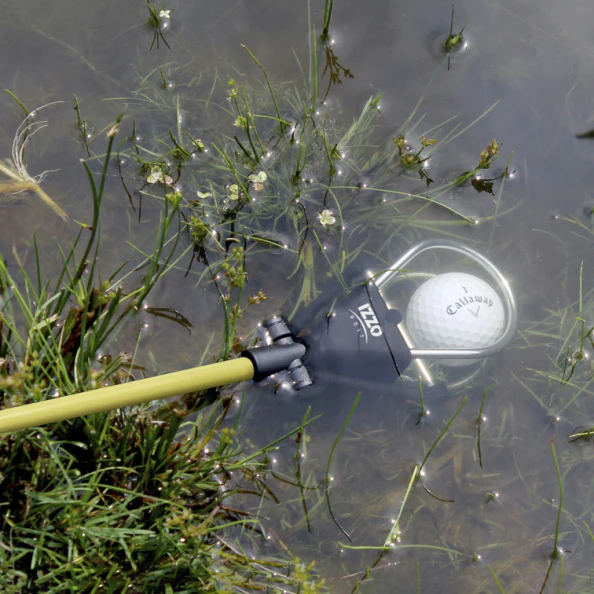
This design allowed for a more secure grip on the ball, reducing the chances of it slipping out during retrieval.
Additionally, the use of corrosion-resistant materials became standard, ensuring that retrievers could withstand prolonged exposure to water and elements without rusting.
Modern Innovations
The modern golf ball retriever is a far cry from its early predecessors. Innovations in design and technology have produced highly efficient and user-friendly tools.
Today’s retrievers are often made from advanced materials like carbon fiber, which offers an exceptional strength-to-weight ratio.
Ergonomic handles and grips have also been introduced to enhance comfort and usability.
One of the most significant modern innovations is the scoop-style retriever.
This design features a wide, flat scoop at the end, which makes it easier to slide under the ball and lift it out of water or deep grass.
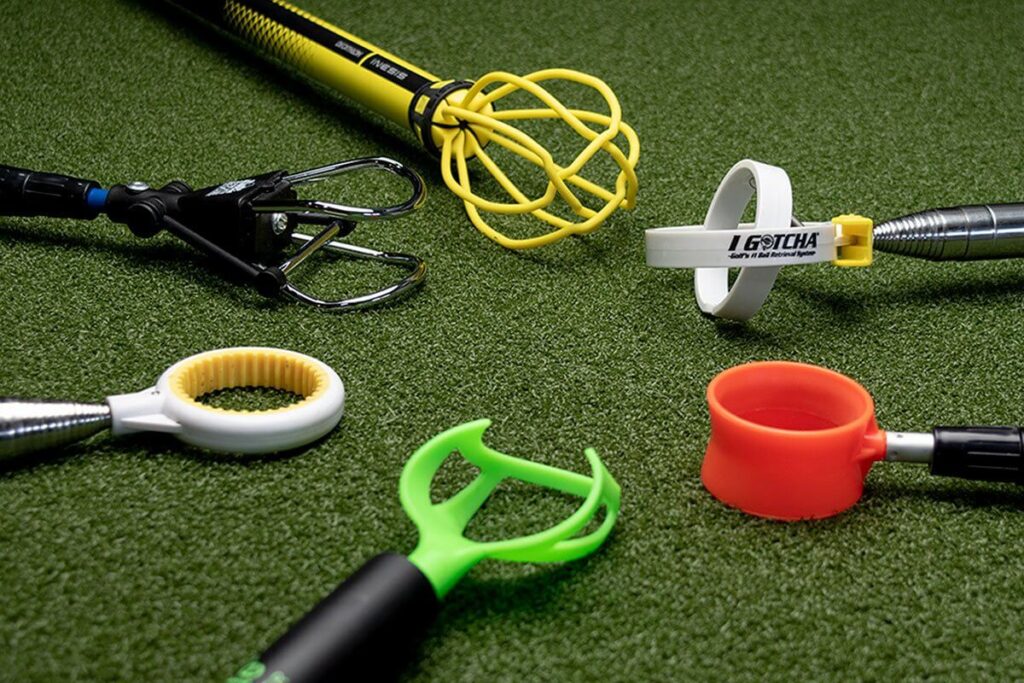
Some models even come with LED lights, making it easier to find and retrieve balls in low-light conditions.
Another notable advancement is the introduction of automatic ball retrievers. These devices use sensors and motors to locate and pick up balls autonomously.
While still relatively new and expensive, they represent the cutting edge of golf technology and could become more common in the future.
The Impact of Golf Ball Retrievers on the Game
The introduction and evolution of golf ball retrievers have had a significant impact on the game.
They have made it easier for golfers to recover lost balls, reducing the frustration and cost associated with losing balls.
This has also had an environmental benefit, as fewer lost balls means less waste and less environmental impact from lost balls in natural habitats.
Golf ball retrievers have also contributed to the accessibility of the game.
Older golfers or those with physical limitations can use retrievers to avoid bending or reaching into awkward positions, making it easier for them to enjoy the game without physical strain.
Notable Brands and Models
Several brands have become synonymous with high-quality golf ball retrievers.
Brands like I Gotcha, Callaway, and Orlimar have developed reputations for producing reliable and innovative retrievers.
The I Gotcha retriever, in particular, is renowned for its compact design and ease of use, featuring a patented spring-release head that securely grips the ball.
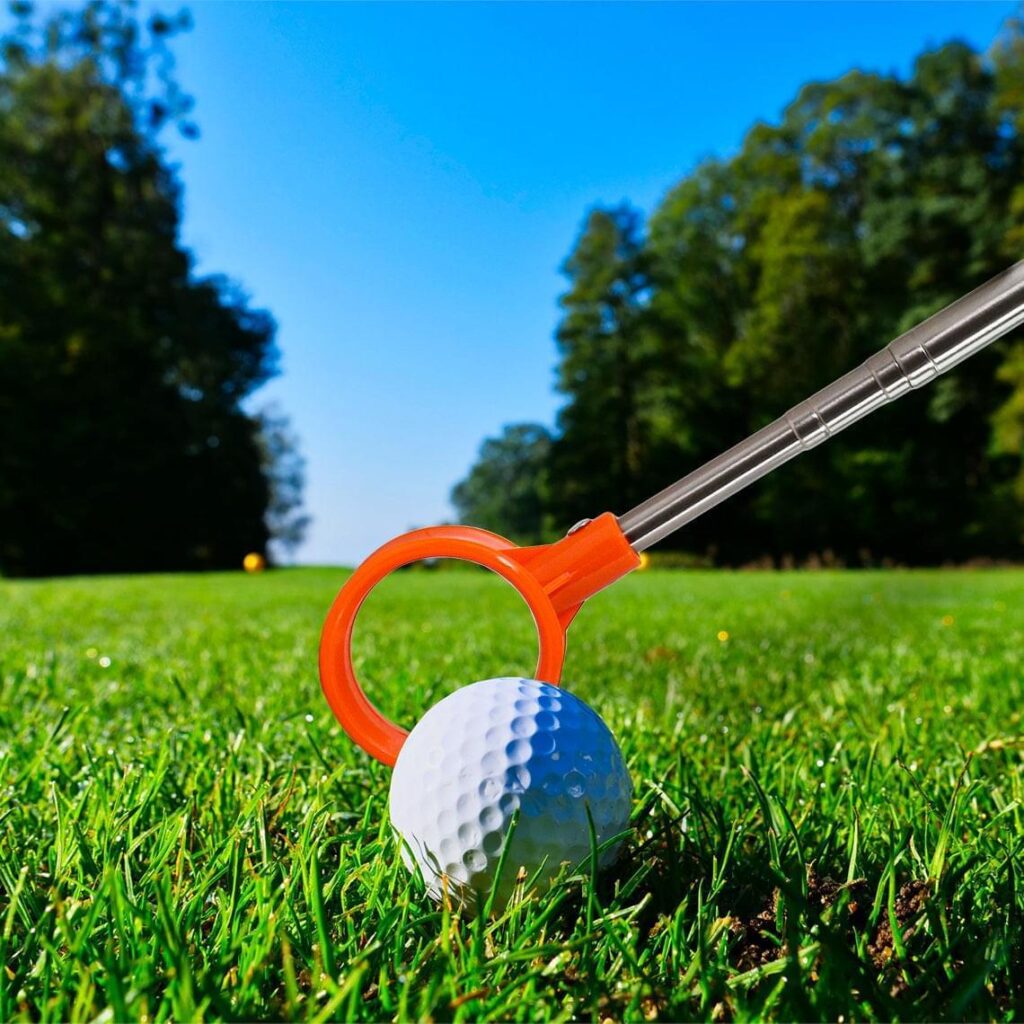
Callaway’s retrievers are celebrated for their durability and lightweight construction, often incorporating features like ergonomic handles and telescoping shafts that can extend up to 15 feet.
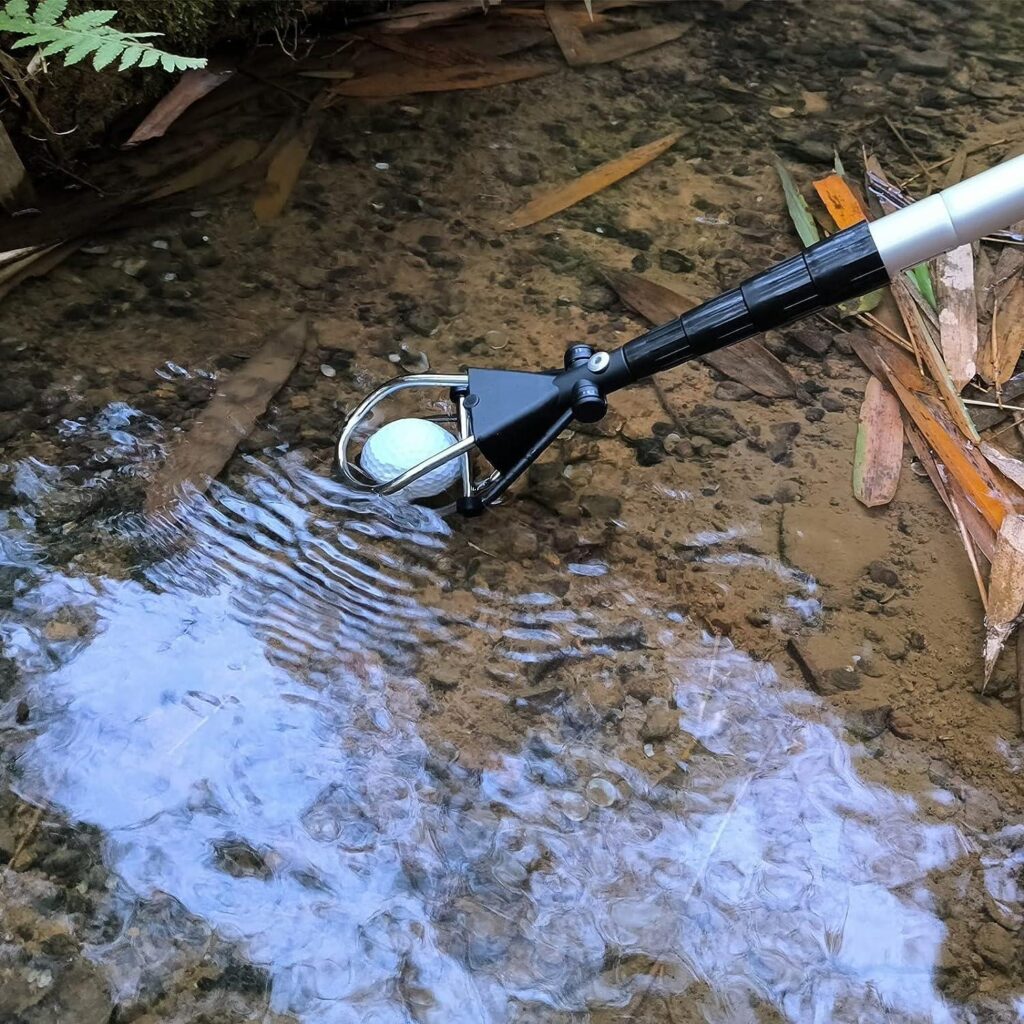
Orlimar, on the other hand, offers a range of retrievers with unique features, like the “Flipper” retriever, which uses a folding head mechanism to trap the ball securely.
The Role of Golf Ball Retrievers in Tournaments and Casual Play
In professional tournaments, the use of golf ball retrievers is less common, as caddies often take on the responsibility of retrieving balls.
Related : Golf Ball Retriever Beginner Guide
However, in casual play and amateur tournaments, retrievers are a common sight.
They provide a practical solution for everyday golfers who might not have the luxury of a caddy and who play on courses with numerous water hazards or thick roughs.
The convenience offered by modern retrievers allows players to maintain the pace of play, as they can quickly and efficiently retrieve their balls without causing delays.
This is particularly important on busy courses, where maintaining a steady flow of play is crucial to ensuring that all players have an enjoyable experience.
Environmental and Economic Considerations
The use of golf ball retrievers also has significant environmental and economic implications.
Environmentally, fewer lost balls mean less plastic waste in water bodies and natural areas.
Economically, golfers can save a considerable amount of money by recovering lost balls instead of constantly purchasing new ones.
Manufacturers are increasingly focusing on producing retrievers that are not only efficient but also environmentally friendly.
This includes using sustainable materials and designing products that are durable and long-lasting, thereby reducing the need for frequent replacements.
The Future of Golf Ball Retrievers
As technology continues to advance, the future of golf ball retrievers looks promising.
Innovations such as smart retrievers equipped with GPS and sensors could become commonplace, allowing for even more efficient retrieval of lost balls.
Additionally, the integration of sustainable practices in manufacturing and materials will likely continue to evolve, reflecting the broader trend towards environmental responsibility in the sports equipment industry.
There is also potential for more personalized and customizable retrievers, tailored to the specific needs and preferences of individual golfers.
This could include adjustable lengths, various grip styles, and interchangeable heads to cater to different types of retrieval scenarios.
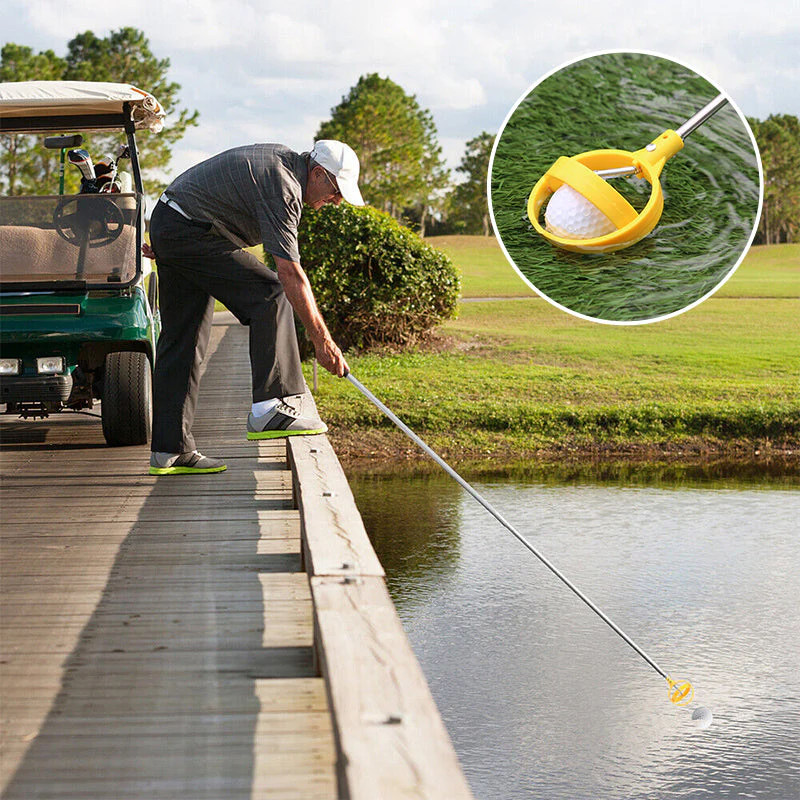
Conclusion
The history and evolution of golf ball retrievers are a testament to the ingenuity and innovation within the sport of golf.
From rudimentary sticks and nets to sophisticated, technologically advanced tools, golf ball retrievers have come a long way.
They have significantly impacted the game, making it more accessible, enjoyable, and environmentally friendly.
As we look to the future, it is clear that golf ball retrievers will continue to evolve, driven by advancements in technology and a growing emphasis on sustainability.
For golfers of all levels, these tools will remain an essential part of the game, reflecting the ongoing commitment to improving and enhancing the golfing experience.
